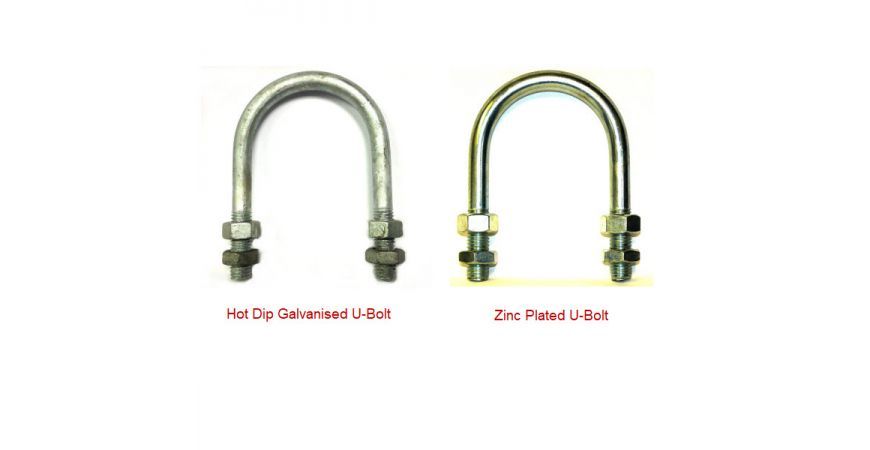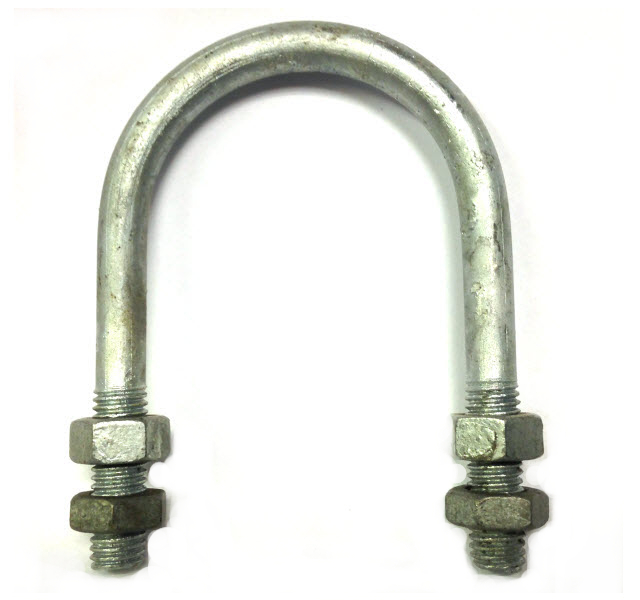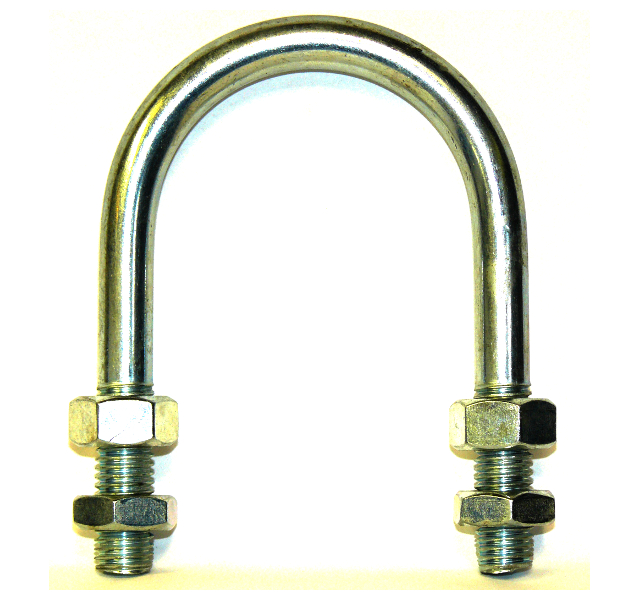
When should you use galvanised steel or zinc plated steel?
When should you use galvanised steel or zinc plated steel?
Both add a layer of zinc to the outside of the product. Zinc plating looks shiny and pretty, galvanised looks dull. But don’t be a magpie and just pick up the shiny object – think about the use.

The duller galvanised finish can be seen on the left image, the shinier zinc plated finish on the right
Both methods add a protective layer of zinc to the steel. Zinc protects the steel by sacrificing itself – called a “sacrificial anode”. When exposed to the atmosphere, the pure zinc (Zn) reacts with oxygen (O2) to form zinc oxide (ZnO), which further reacts with carbon dioxide (CO2) to form zinc carbonate (ZnCO3), a usually dull grey, fairly strong material that stops further corrosion in many circumstances, protecting the steel below from the elements. Zinc is also able to protect at a distance. All of the surfaces need not be covered with zinc. Ships attach large blocks of zinc to the hulls to protect the hull from corrosion. Ships need not cover the hull with zinc anodes. They are placed near and in electrical contact with the hull.
The variants
Hot-dip galvanising results in a metallurgical bond between zinc and steel. It is the process of coating iron, steel, or aluminium with a thin zinc layer, by passing the metal through a molten bath of zinc at a temperature of around 860 °F (460 °C). The finished product can be used up to 200 degrees celsius (above that the zinc can peel)
Zinc plating (often called electro-galvanising which can cause confusion) is performed by cleaning the metal surface with an alkaline detergent, then treating it with acid to remove exiting rust. Next, Zinc is deposited on the metal by immersing in a chemical bath containing dissolved zinc. A DC current is applied resulting in the Zinc being deposited on the product.
So when to use Zinc Plating, and when to use hot-dip galvanising?. Well the shiny pretty one is Zinc plating, and the plating is only typically 3 microns thick, the dull one is galvanised and is typically 50 microns thick and therefore provides much more protection.
So actually the choice is quite simple: where you only need superficial protection, indoors in a dry climate (and want the aesthetic value) go for zinc plating. Outdoors, or a more wet climate use hot-dip galvanised
But wait there is a third method – and one to be wary of. Cold galvanising is painting with a zinc-rich primer. Although this does offer some protection – a protective layer – against rusting, as soon as it is scratched, moisture can get at the underlying steel and therefore cause rust and corrosion. Always ask your supplier if they supply hot-dip galvanising – because only that is true galvanising
Graphskill uses a refined version of Hot-dip galvanising on all their products. The process is called Hot – Spin Galvanising. Material is immersed in molten zinc at a temperature of around 450 degrees until the temperature of the work is the same as the Zinc. During this process, the molten zinc reacts with the surface of the steel to form a series of zinc/iron alloys. These alloy layers protect steel from corrosion for 30-40 years and more. Work is rapidly removed from the zinc, before the zinc on its surface solidifies, the basket is placed in a centrifuge and spun for several seconds. This removes excess zinc from the surface and prevents the items from sticking together to ensure a smooth finish. Work is then transferred to a quench tank where it is cooled to allow handling.
Does the thickness of the zinc layer affect threads?
Yes. The thickness of the zinc-plated coating being only 3 microns is fine, but hot-dip galvanising adds 50 microns and does cause problems. Galvanising is particularly useful for threaded fasteners (you don't want your holding screw to rust in a few months do you?). For ISO metric fasteners the galvanising build up on the thread of one component requires an extra clearance of four times the coating thickness to enable assembly into the mating component. Normal practice would be to galvanise standard tolerance bolts, mating nuts are galvanised as blanks then tapped 0.4 mm oversize with the thread lightly oiled. When assembled the nut thread is protected by direct contact with the galvanised coating on the bolt.
However, the hot-dip process itself can clog up the threads with deposits, and often need a little 'bushing' to clean them up afterwards. Because of this, it is rare to see hot-dip galvanising on anything less than M6 threads
So a warning - if you are looking for nuts to go with your galvanised bolt, make sure you source tapped oversized nuts or you will have problems. All of our galvanised nuts are tapped oversize - so best to get them from us ;)

